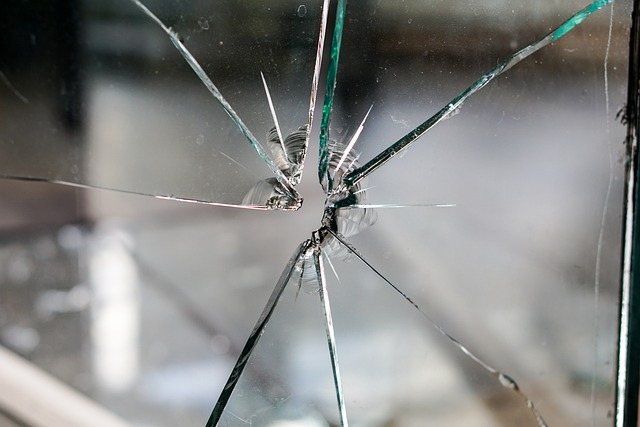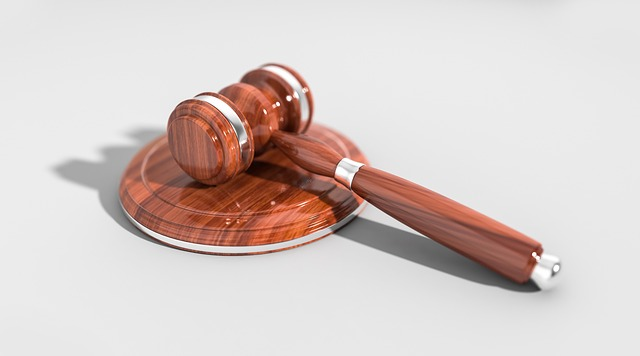Understanding Tenancy Deposits

When you rent a property, it is common for the landlord or letting agent to request a deposit as a form of security against any potential damages or unpaid rent.
Before delving into the reasons why a landlord or letting agent may retain your deposit, it is important to understand what a tenancy deposit is.
It is a sum of money paid by a tenant at the start of a tenancy as a form of security for the landlord.
Rights and Responsibilities
It is important for you to understand your rights when it comes to tenancy deposits, as they are a significant financial commitment.
The deposit is typically the equivalent of one to two months’ rent and is held for the duration of the tenancy.
It provides landlords with a sense of security, knowing that they have a financial cushion in case anything goes wrong during the tenancy.
For tenants, it is a way of showing that they are committed to the property and intend to take care of it during their stay.

Owners of pets will most likely be asked to pay a higher deposit and possibly even the cost of a professional clean.
However, at the end of your tenancy, you may find that the full amount of your deposit has not been returned.
The reasons for this, as well as steps you can take to safeguard your money and avoid disputes, are covered in this article.
What Is A UK Tenancy Deposit Protection Scheme?
UK tenancy deposit protection schemes are designed to protect tenants from unscrupulous private landlords and agents who may try to withhold your deposit unfairly.
In the UK assured shorthold tenancy deposits must be registered with a government-approved tenancy deposit protection scheme within 30 days of being received by the landlord.
Landlords must use a tenancy deposit scheme, even if the deposit has been paid by somebody other than the tent themselves e.g. a parent.
Failure to register can result in fines of up to three times the amount of the deposit.
Under the schemes, landlords are required to provide tenants with information about the deposit protection scheme they are using, including the name and contact details of the scheme, within 30 days of receiving the tenancy deposit.
If your tenancy started before 6 April 2007, you will not typically be covered by deposit protection, because that is when these requirements came into force.
Government Approved Scheme Providers
Each area of the UK (England and Wales, Scotland, Northern Ireland) will have several government approved scheme providers.
All provide a choice of custodial or insurance- based protection.
Custodial Scheme
Custodial scheme deposits are held by a government-authorised deposit protection scheme.
It is a very secure option, as the deposit is held independently of both landlord and tenant.
The landlord cannot spend the deposit before the end of the tenancy, and the tenant can be sure that their money is safe.
Insurance Based Scheme
An insurance based scheme allow landlords to hold onto the deposit and use it to cover any damage or unpaid rent at the end of the tenancy. However, you should be aware that if the landlord goes bankrupt or disappears, you may struggle to get your deposit back.
When should my landlord return my deposit?
If your landlord holds your security deposit (which should be secured under an insurance scheme), they are required to restore it to you within 10 days of your request. You cannot ask for the return of your security deposit before the lease expires,
If a custodial plan is holding your deposit, you can ask for its return directly from the scheme, subject to landlord or agent approval.
How much deposit can a landlord keep?
Despite the existence of deposit protection schemes, landlords can still deduct money from a deposit amount under certain circumstances.
Do You Owe Rent?
If the tenant is behind on rent payments, the landlord may retain the deposit to cover the outstanding amount.
It is important for tenants to keep track of their rent payments and ensure that they are made on time.
Do You Have Property Damage?

Property damage is yet another justification for a deposit deduction. This can include damage to walls, floors, furniture, appliances, or any other part of the property.
What is fair wear and tear?
Fair wear and tear describes ‘reasonable’ damage caused by age and usage.
If the damage is deemed beyond fair or reasonable wear and tear, the landlord may retain all or part of the deposit to cover the repair or replacement cost. Pets can damage property and contents and you can be held responsible for the cost of repairing damage.
You should take care to avoid causing damage, beyond normal wear and tear, to the property during your tenancy. This can include taking precautions to prevent accidental damage, such as using coasters to protect furniture from spills, and reporting any damage that does occur to the landlord in a timely manner.
Does The Property Need Professional Cleaning?
Landlords can also retain deposits to cover the cost of cleaning the property if it is left in an unsatisfactory condition at the end of the tenancy. This can include poor cleanliness in communal areas, bathrooms, and kitchens.
If the tenant has not left the property in a sufficiently clean state, the landlord may retain the deposit to cover the cost of cleaning.
You should ensure that you leave the property in a clean and tidy state at the end of your tenancy. This can include cleaning the kitchen and bathroom, vacuuming or sweeping floors, and dusting surfaces.
Are there Missing or Broken Items?

If any items are missing from the property or have been broken beyond repair, the landlord may retain the deposit to cover the cost of replacing them.
You should take care to avoid losing or damaging any items belonging to the landlord during your tenancy. This can include keeping track of keys and ensuring that they are not lost, as well as being careful when using appliances and furniture.
Have You Made Unauthorised Alterations?

If the tenant has made alterations to the property without the landlord’s permission, the landlord or agent may retain the deposit to cover the cost of restoring the property to its original state. This can include painting walls, installing shelves, or making any other significant changes to the property.
Tenants should always seek permission from the landlord before making any alterations to the property. This can include requesting permission to paint walls or hang pictures and ensuring that any alterations made are reversible and do not cause damage to the property.
The Check Out Process
Typically, a landlord will perform a comprehensive ‘check out’ examination of the property to look for any damage that can result in a deposit deductions. The amount of time that a landlord must notify you of any potential deductions is not set in stone. However, if 10 days have gone after seeking a deposit refund, you can file a claim with a tenancy deposit scheme and request that the landlord detail any deductions made.
Can a landlord keep the deposit
The landlord and tenant need to agree at the conclusion of the lease if one of the following applies:
- The Tenant receives a complete deposit refund.
- The landlord keeps all of the deposit.
- A portion of the deposit is given back to the tenant and the landlord keeps the rest.
If a landlord wishes to retain all or part of a tenant’s deposit, they must first provide a written explanation of the deductions. If the tenant disputes the deductions, they can use the Alternative Dispute Resolution (ADR) service provided free by the deposit protection scheme.
Dispute Service

The alternative dispute resolution (ADR) service involves an independent adjudicator who will review evidence from both parties and make a fair adjudication based on the facts presented.
If you and your landlord agree to utilise the ADR Adjudication service, you will be required to accept its judgement in the event of a disagreement and won’t be allowed to pursue legal action in the courts.
If you do not use the service the dispute will most likely end up at the County Court.
How to Avoid Tenancy Deposit Disputes

There are several steps tenants can take to avoid deposit disputes.
You should confirm the accuracy of the landlord or agent’s detailed inventory and schedule of condition when you move in. If there is any discrepancy, they should report it immediately to the landlord or agent in writing.
You should report any maintenance issues promptly to the landlord. This will prevent any further damage from occurring and demonstrate responsible behaviour.
Keep a record of all communication with your landlord or agent, including phone calls, emails, and letters.
Read your tenancy agreement carefully and understand your rights and responsibilities as a tenant. This will help you avoid any potential disputes and ensure that you are able to protect your deposit from a landlord’s claim.
To Sum Up
Understand the reasons why a landlord or agent may retain part or all of your deposit. Read your tenancy agreement. Double check the detailed inventory and schedule of condition. This will help you avoid a dispute and ensure that you receive as much of your deposit back as possible when the tenancy ends.
Avoid more wear and tear than necessary.
Make sure you understand how each tenancy deposit scheme works. Make sure you know how to pursue a tenancy deposit dispute and the adjudication process.
However, good open communication with a private landlord or agent will help avoid and where necessary resolve a dispute in a timely manner.
Do you need more advice? Please check out the UK government website.
See more Helpful Content
Visit our Homepage
